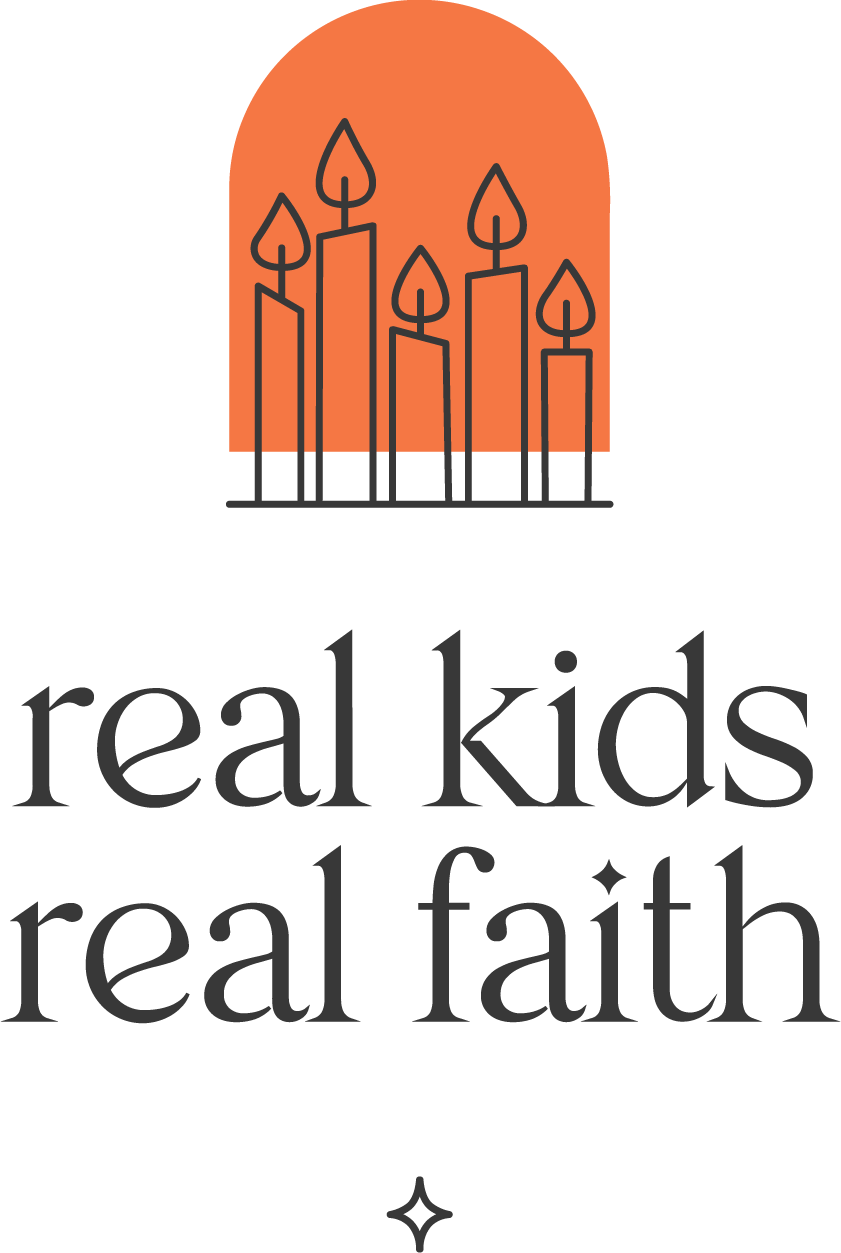As preschoolers, my children loved Eric Carle’s The Very Hungry Caterpillar. I would read the story and they would crawl around the floor pretending to eat everything in sight, before curling into a ball and then springing up with arms outstretched to soar as butterflies. To this day, they can recite parts of the book verbatim.
Many young children love to act out stories. They enjoy using their bodies to express what they’ve seen or imagine. Even older children appreciate opportunities to demonstrate how they picture a storyline might look and feel in real life. They may be a bit shy or uncomfortable with acting, but in a context of playfulness and affirmation, most kids will agree to try dramatizing a story that interests them.
But reenacting stories isn’t just about kids having fun. It’s also about enhancing children’s learning. Studies show that kids who reenact a story are much more likely to remember and engage with the story’s themes than those who just talk about the story. They notice and explore new vocabulary words highlighted in the story. They wonder about the meaning of characters’ actions. They notice gaps in the storyline and try to figure out how to explain them.
Perhaps most intriguing is that children feel more deeply connected to reenacted stories. They haven’t just heard the stories; they’ve experienced them in their bodies. As they move, they get a sense of how a character might have felt when disappointed, or surprised, or betrayed. These emotions aren’t just words on a page but embodied sensations.
Kids are also better able to take others’ perspectives when their whole bodies are involved. As they reconstruct scenes, they can more thoroughly imagine what a character might have seen, heard, smelled, tasted, and felt. They observe the world through another’s eyes and play a role that is different from their own ways of being. They practice walking in another person’s shoes.
This perspective-taking aspect is one reason to encourage multiple reenactments, with children taking varied roles each time. If the story has several characters, invite kids to play different people each time through. If there are significant non-animate objects in the story, encourage children to try becoming those objects. For example, if the story includes a storm, suggest that children play the lightning, thunder, and rain. Or if the characters are on a boat, have one or more children act as the river or ocean in which the boat floats. This helps children make connections with the natural world.
Story reenactments also prompt children to pay closer attention to details. They want to faithfully represent what happened, so they listen more carefully when the story is being read. They also go back to the story to check important words or actions they might have forgotten. They sometimes even serve as ‘fact checkers’ for one another, suggesting adjustments if the reenactment goes too far astray.
Related Resources
- The Hanen Centre - Bringing Books to Life! Build Early Literacy Skills by Acting Out Stories
- The Contribution of Play Experiences in Early Literacy: Expanding the Science of Reading - Rutgers, The State University of New Jersey
- Spiritual Mirrors, Windows & Doors | RKRF
- Movement-Enhanced Learning | RKRF

Comments